Introduction
For wine lovers, building a personal wine collection is both a passion and an investment. Napa Valley, known for its exceptional wines, offers collectors a range of high-quality bottles that age beautifully over time. Whether you’re a casual enthusiast or serious investor, understanding how to curate and manage a wine collection is key to making the most of your selections.
Selecting the Right Wines
The foundation of a great wine collection begins with thoughtful choices. Consider:
- Aging Potential: Some wines, like Napa Valley Cabernet Sauvignon, can age for decades and improve over time.
- Varietal Diversity: Include different styles, such as bold reds, elegant whites, and refreshing rosés.
- Personal Enjoyment vs. Investment: Decide if you’re collecting for drinking pleasure or future resale value.
- Limited Releases & Library Wines: Small-production wines can become sought-after in the future.
Storing Your Collection Properly
Proper storage is essential for preserving the quality of your wines:
- Consistent Temperature: Maintain a stable temperature around 55°F (13°C) to avoid premature aging.
- Humidity Control: Keep humidity levels between 50-70% to protect corks.
- Dark & Quiet Environment: Wines should be stored away from light and vibrations.
- Cellaring Options: Consider a wine fridge, custom cellar, or professional storage facility for long-term aging.
Growing Your Collection
As your wine knowledge expands, so should your collection. Key strategies include:
- Buying in Cases: Purchase multiple bottles to track how a wine evolves over time.
- Keeping Detailed Records: Use a digital wine log to note purchase dates, tasting experiences, and aging recommendations.
- Exploring Napa Valley Regions: Different AVAs (American Viticultural Areas) produce unique styles worth collecting.
- Participating in Wine Communities: Joining tastings, auctions, and collector groups provides insight into market trends and rare finds.
Understanding Wine Investment
If you’re interested in collecting for investment purposes, keep these factors in mind:
- Prestigious Wineries: Some Napa Valley producers have wines that significantly appreciate in value.
- Vintage Variability: Certain years are more desirable due to ideal growing conditions.
- Storage & Provenance: Proper documentation and storage history increase a wine’s resale potential.
Conclusion
A well-curated wine collection brings enjoyment, value, and the excitement of discovery. By carefully selecting, storing, and expanding your collection, Napa Valley wines can become a treasured part of your wine journey.

